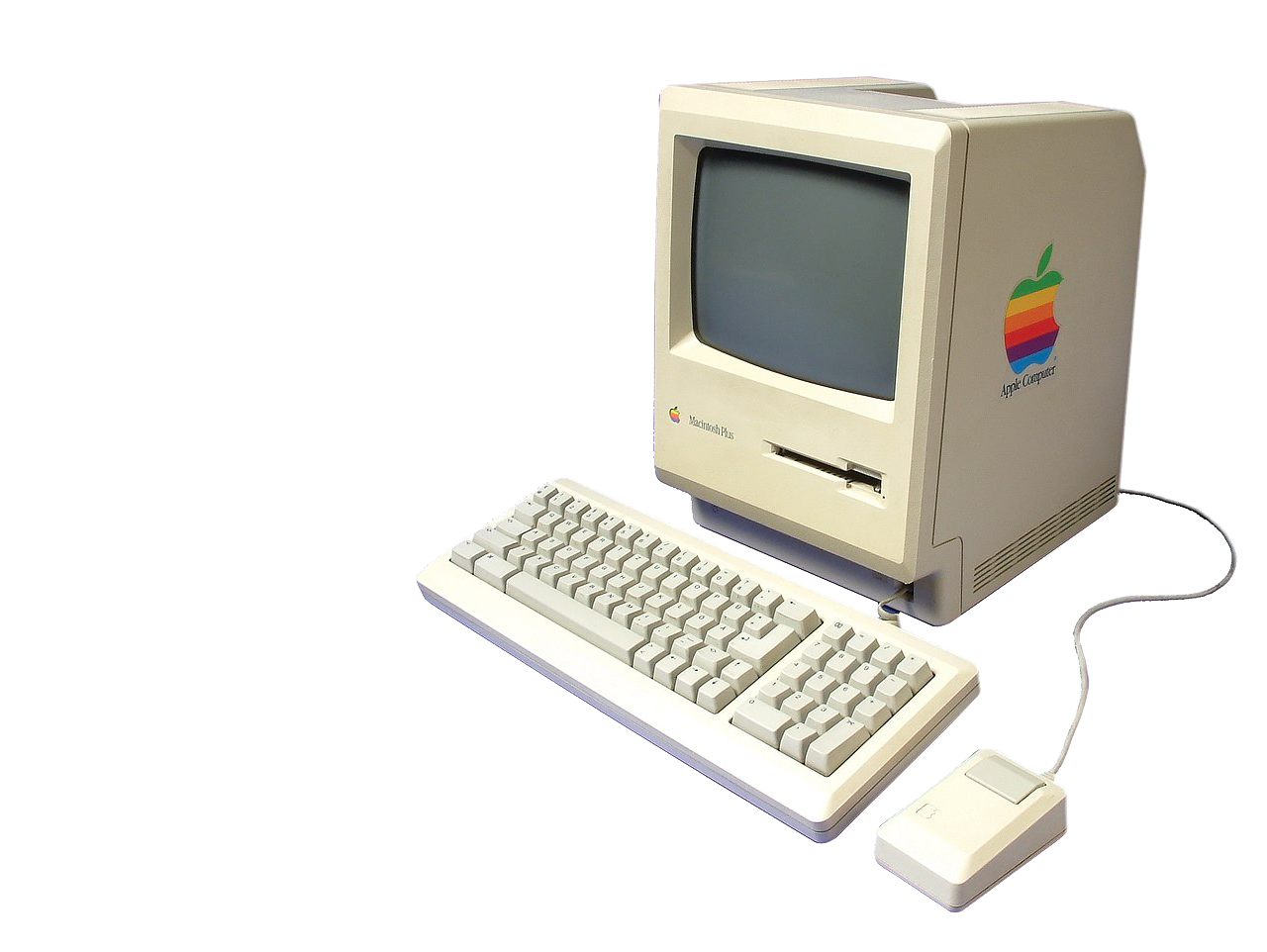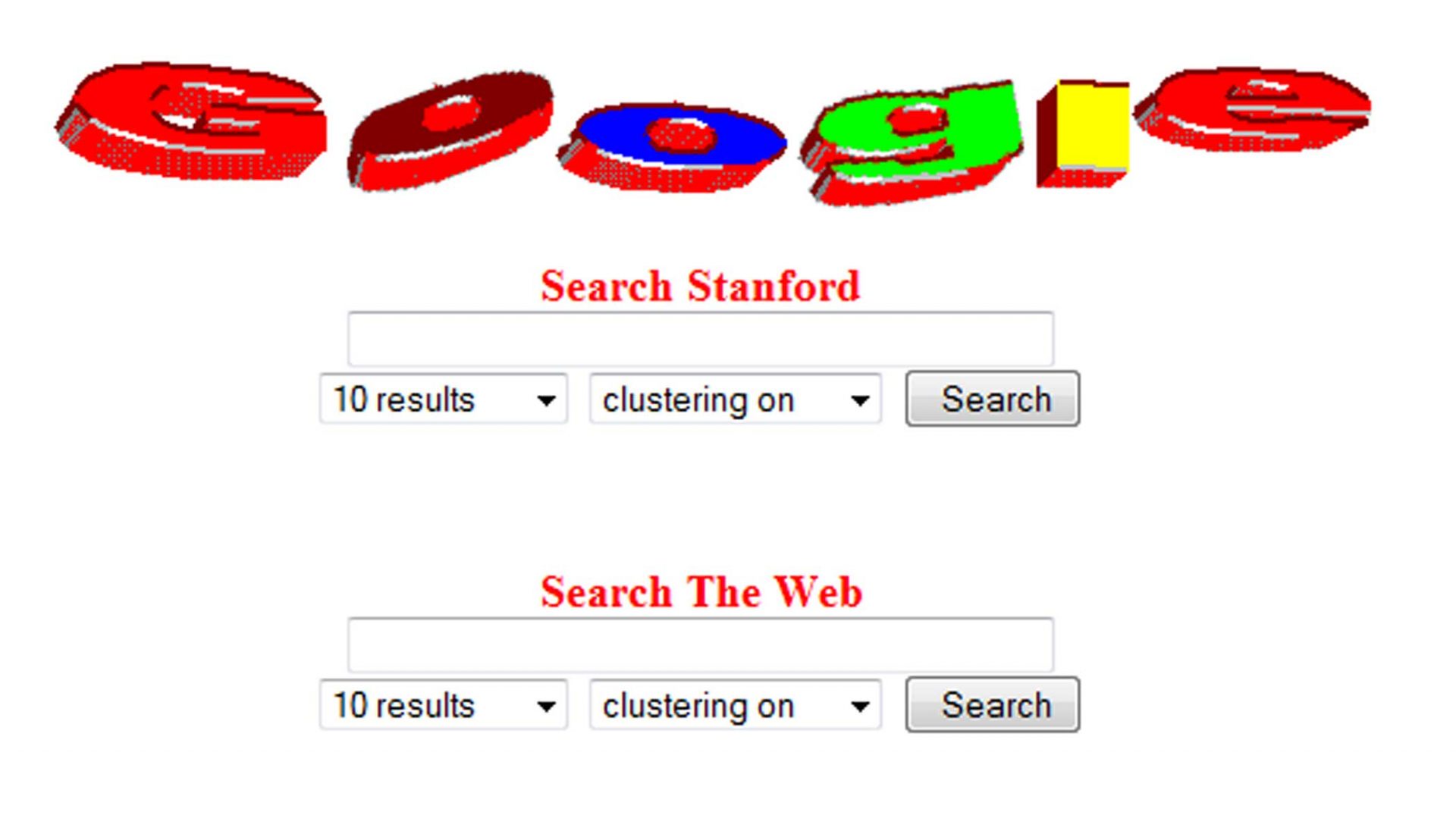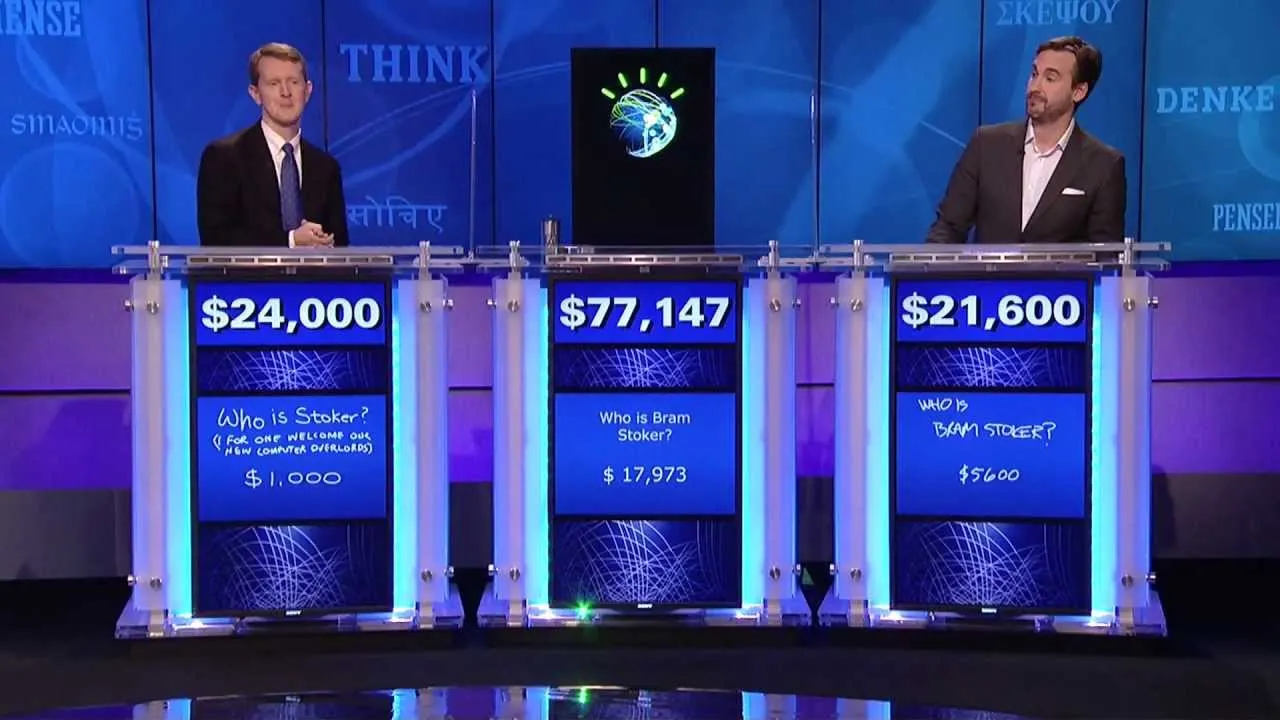I am a child of the digital age: I bought my first PC when I was 19. I had to go to the bank and take out a loan so that I could design and produce a typeface using a application called Fontographer. This was unthinkable at the time; it was the job of the big typesetting companies like Linotype, who produced fonts in phototypesetting using matrices and elaborate technical processes. A talented design student could now produce a typeface in two months with a hardware investment of $18,000 (the price of my Macintosh Plus, including a laser printer for proofs), which is what I did.

The Macintosh was Apple’s first computer with a graphical user interface. It was released on 24 January 1984.
I remember Photoshop 1.0, Pagemaker and Fontographer, which allowed you to do desktop publishing. This was an exciting thing to do, because at that time all printed matter was produced by phototypesetting and lithography. For many of us, this was uncharted territory. I still remember how my fellow students and I spent our nights not only designing a magazine, but also getting it ready to print. It was my first large design job.

Fontographer was the first program to develop PostScript fonts on the computer, developed by Altsys in 1985.
I went to the second CeBIT in 1987. I was lucky enough to live in the city that hosted the largest trade show ever held on this planet – and it was a computer show that had its biggest expansion in 2001 – with almost a million visitors from all over the world in a city that itself had only 500,000 inhabitants. I myself had a stand with my company at this CEBIT 🙂
There was a lot of hype and a lot of nonsense and absurdities to laugh about. I also produced fonts (see here: http://luc.devroye.org/fonts-26474.html and http://www.identifont.com/show?B57) that I am ashamed of today. But it was a pioneering time, and nothing has changed our lives in the last 40 years more fundamentally than the introduction of the personal computer into our everyday lives, which ultimately laid the foundation for the mass appeal of the Internet, whose boom began about 10 years later.

Google in 1997
The parallels are striking. So I’d like to take you on a little journey through time.
The introduction of personal computers is characterised by a long history of no real progress. Suddenly, after some minor changes, there was very rapid progress. The same is true of the WWW, which needed a large number of computers and user-friendly technologies such as web browsers to succeed. Once these basics were in place, everything happened very quickly: in 25 years, the number of websites went from a handful to 1.8 billion! Today, more than 7 billion people regularly use the Internet to carry out their daily tasks. Who would have thought that in 1990, when the first website went online?
Although most of us probably first became aware of the Internet between 1995 and 1999, as most of us now know, it has a long history. The same is true of the history of AI. Lately, however, we can talk about an AI boom. What has happened? Again, there is a long history, even a first hype in the 1960s, then stagnation and now a renaissance of AI.
The pioneering days of artificial intelligence
BigData provides us with the basis for the renaissance of AI
The first models and successes in the field of machine learning and computational intelligence were already achieved in the 1950s and 1960s. However, there was a lack of both computers and training data for mass use. This changed with the advent of the Internet. A global network of computers with billions and billions of data became available.

The computer program «Watson» wins 2011 a quiz show against the best human players. In the process, «Watson» proves that it understands natural language and can answer extremely difficult questions quickly. Foto: IBM
From 2017, things moved quickly. Google invented the Transformer model in that year, on the basis of which a start-up called OpenAI presented the first generative language model in the GPT series the following year. The model was able to generate text with impressive fluency and continuity, although it had some limitations in understanding more complex semantic structures. However, GPT-1 set new standards in natural language processing and laid the foundations for even more powerful models to come. In 2020, reinforcement learning is integrated, and in 2022, DALL-E, ChatGPT and MidJourney are released as publicly accessible web applications, triggering an AI boom. By 2023, thousands of companies are already offering AI applications or services.
The establishment of artificial intelligence
What does all this tell us?
A basic assumption of futurology is that developments in the future will follow similar basic patterns as in the past. A distinction is made between different phases:
- Pre-thinking phase
- Phase of pioneers and experts
- Growth phase (usually with the start of commercialisation)
- Boom phase
- Consolidation phase
In the field of the WWW, we are already in a consolidation phase, the number of sites is decreasing. In the field of AI, experts disagree, the transitions are fluid, we are probably at the beginning of the boom phase that lasted about 20 years when the WWW was developed.
If I were to predict where AI goes from here, based on my experience of building the WWW, I’d like to make the following 10 predictions:
1. There will be «information overload»
We have to expect that in the next few years there will be a flood of activity, an explosion of companies and applications, a real “information overload”. Therefore, consultants and experts will spring up like mushrooms to show the way to the many overwhelmed people! AI consultants and strategists will make a lot of money from publications, events and workshops.
2. The development of AI will exceed our expectations and will be faster than the development of the WWW
At the beginning of the 1990s, the WWW was ridiculed as a gimmick and a hobby. Today, streaming platforms have made traditional television virtually superfluous, magazines and journals are almost non-existent, almost all major publishers have either gone bankrupt or switched to digital information delivery, online shopping has pushed department stores and retail out of our major cities, who still goes to a travel agency to book a flight? Who buys a Michelin guide or a map? Many people born into the WWW are unaware of the profound changes that have taken place in the last 20 years alone. The evolution of the web has far exceeded those early expectations. Something similar is happening now, and it is quite possible that this time it will be much faster. The algorithms that drive AI learning will improve very rapidly.
We are only at the beginning of what AI can really do. So let’s not make the same mistakes we made in the nineties.
3. Some things we expect do not happen
The development of the Internet shows that some things we thought would happen don’t happen, and other things we didn’t think would happen instead. Many assumed a complete democratisation of information. Unfortunately, that has not happened and it will not happen, and we will draw conclusions for the future. And vice versa. Who among us could have predicted the success of social media in the early 2000s? I don’t think anyone.
4. There will be bridging technologies and short-term successful companies that will disappear again
The development of the WWW also shows that many concepts, applications and companies that were prominent for a while will disappear again. Who remembers Compuserve or Lycos, or technologies like BTX, teletext and videotext?
5. There will be a light and a dark side to AI
The WWW is used both productively and destructively, and so will AI. AI will increasingly be used for malicious purposes. But it is not AI that is evil, it is the people who use it for such purposes. As AI applications become mass-market and popular, abuse and criminal creativity will increase.
6. There will be a profound change in behaviour and a shift in values
We will all have to ask ourselves why we want to learn and what we want to learn when we always have a digital assistant with us that can explain and translate everything. Many jobs will be better done by AI in the future. This may also shake up our self-image. Computers are already better at playing chess, GO or other games; soon computers will be better at translating, better at driving, better at performing surgery.
7. Future developments will scare many people
There will be fears and debates about the misuse of AI, the loss of jobs and whether AI can become conscious and thus uncontrollable. Some governments or states will try to ban AI or severely restrict its use. Of course, sooner or later there will be government regulation. There will not be complete freedom in dealing with AI. Legal issues such as the protection of the work of others, especially intellectual property, will need to be discussed and clarified by society. What do we even mean by creativity in the age of AI? New legal frameworks will certainly be created here. And this is where ethicists and politicians are called upon to get involved and not simply ban everything out of fear of the unknown.
8. AI will trigger an industrial revolution
… an economic revolution, but above all a technological revolution. Europe is in a much worse position than the US, which is currently considered the leader in artificial intelligence. Almost 40 percent of the world’s AI companies are based in the US. But the competition is not resting. China recently made headlines with an ambitious announcement. By 2030, the country wants to be the world leader in the development and application of AI.
By then, things like …
- Autonomous household appliances that shop and cook for us, following menus and diets tailored to our preferences, budgets and health needs.
- A completely changed education system with virtual teachers and assistants who will impart knowledge individually and much more intensively.
- Services and applications that intelligently book, order, schedule or plan a trip for us.
9. Some professions and industries will disappear, others will emerge
Occupations with routine, repetitive activities will disappear the fastest and be replaced by AI technologies. These include …
- Production workers: Many manufacturing jobs have already been replaced by automated systems, and AI will accelerate this development.
- Editors: AI systems can enter and check data faster and more accurately than humans, reducing the need for human data entry.
- Accountants and financial advisers: AI can perform many routine accounting and financial advisory tasks, such as preparing financial reports or performing investment analysis.
- Drivers: The development of autonomous vehicles could threaten jobs such as truck drivers, taxi drivers or bus drivers. With the development of autonomous vehicles, professions such as truck drivers, taxi drivers or bus drivers could be threatened.
10. There will be counter-movements to compensate for the loss of certain things
In the past there have often been counter-movements to major developments, such as the Back to Nature movement, a social and cultural movement that opposed industrialisation and urbanisation and promoted a return to nature and a simpler life. The movement began at the end of the 19th century and reached its peak in the 1920s. It influenced many areas of life, including architecture, art, literature and music.
With the growing influence of digital assistants and autonomous machines, the desire for manual labour and do-it-yourself is on the rise again, perhaps not for vacuuming or doing your tax return. But to build a table or restore a classic car, to work in the garden, or to do the shopping and cooking yourself instead of letting the household robot do the shopping and cooking.
However, there are also differences I see between the two developments, which I use as an opportunity to make two further predictions:
11. In contrast to the establishment of the WWW, global players are more likely to play a decisive role in the establishment of AI and to create dependencies, as AI offerings are very resource-intensive. Some blue chip companies will become even more powerful as a result. The gap between large and small companies will widen. The establishment and commercialisation of AI is unlikely to increase wealth, but it will lead to a further reduction in working hours. As always, the big companies and their shareholders will reap the profits.
12. The web was initially characterised by a free culture. It is already clear that this will not work in the field of AI. Paywalls and paid services dominate. The commercialisation of AI will be much faster and more intense than that of the WWW.
In summary, then, we can predict the following:
- It is more than likely that the development of AI will progress faster than we think, depending on the area and industry. There is no stopping it now.
- The development of AI will open up new opportunities for all of us, both technologically and economically. It will affect our value system and force us to re-evaluate things we take for granted, such as education and work, but it will also pose risks and force us to ask uncomfortable questions.
- The only constant is change: AI will see whole industries and professions disappear and others take their place, and not everything we expect will happen.
- There will still be a place for the old, just as there are old cars, books and printers today, and we will continue to play chess, even if any computer can do it much better. We will learn languages and maths, not because we have to, but because we enjoy it. And one day we may go to work voluntarily, even if we no longer get paid for it.